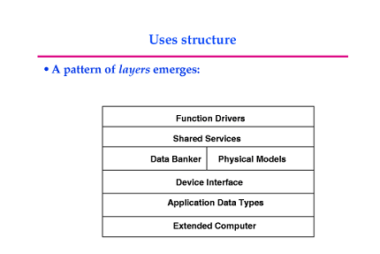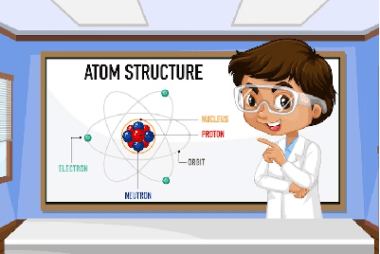Integrated Course AIIMS-SYLLABUS Chemistry syllabus Metallic Solids
Metallic Solids Metallic solids are a type of solid material characterized by a lattice structure composed of metal atoms or ions. They exhibit metallic bonding, which is responsible for their unique properties such as high electrical conductivity, thermal conductivity, and malleability. Here are some key features and characteristics of metallic solids: These are some of…




